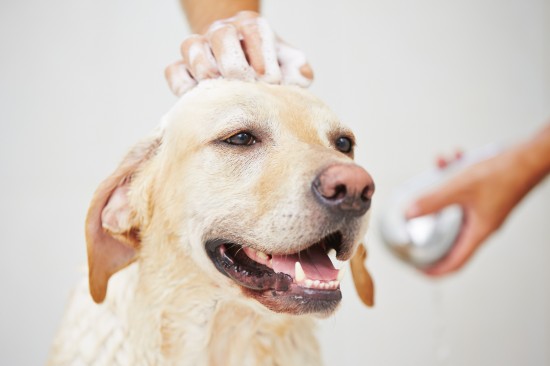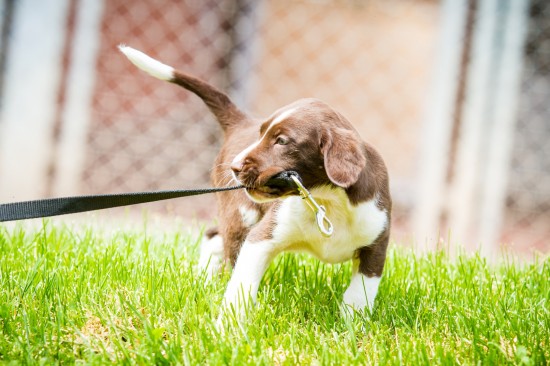Hand Signals
Hand signals are a necessary part of obedience control. There are three main reasons why we use hand signals, these are: To control a dog at distance, to control a dog where the voice would be ineffective and where silence is required.
It is very important in training a dog to respond to hand signals; they must be precise, distinct and uniform.
1. Precise
A dog learns by continual repetition. Therefore signals must be shown the same way each time. They must be definite and not sloppy.
2. Distinct
As a dog must read the signals from distance, it is essential that these signals can clearly be seen. This is why the signals shown, are made apart from the body and why precision is so important.
3. Uniform
A uniform system is more of an advantage to trainers than to the handler. It allows the instructor to offer better advice when he knows the method the handler is following.
To teach a dog to respond to a hand signal, we incorporate it with voice command. Initially the dog is responding to the voice and quickly notes the connection between the command and the signal. When the voice is dispensed with, the dog will respond to the hand signal.
This exercise can only take place after the dog is completely reliable in the "stay".
As with all exercises distance control is commenced on lead. With the dog sitting at heel, give the command "stay" and step in front of the dog, one or two paces away and turn and face him holding the lead in your right hand.
Down
Give the command "down" at the same time swinging your right arm across your body, from left to right, finishing the action with your arm away from your body at about forty five degrees on the right hand side. If the dog has learnt the "down" position correctly, the command, combined with the downward effect of the lead and choker should convince him to drop.
Sit
With the dog at heel, in the down position, leave him as described in the previous paragraph. Holding the lead in the right hand and facing the dog, give the command "sit" at the same time, raise your right arm smartly up into the air, finishing in the vertical position. The dog should respond to the verbal command, but if not the lead will encourage him up.
Stand
For this exercise, it is handy to wear a belt, which becomes a useful training aid. With the dog sitting at heel, extend the lead to its fullest length and clip the end of the lead to the belt buckle.
Leave the dog until the lead is almost tight when you are facing him. Sweep your arms from the centre of your body, parallel to the ground, so that they are full extended. At the same time, give the command "st-a-n-d" and take a pace backwards with the left leg. This should have the effect of pulling the dog into the "stand" position.
Gradually, as with all exercises, this exercise can be extended by removing the lead and then moving further away, by gradually increasing the distance.

 Where To Bathe Your Dog
Where To Bathe Yo
Where To Bathe Your Dog
Where To Bathe Yo
 Why Might Your Dog Be Drooling Or Licking Their Lips A Lot?
Why Might Your Do
Why Might Your Dog Be Drooling Or Licking Their Lips A Lot?
Why Might Your Do
 Training Your Labrador Retriever- Canine Health
Everyone loves their dog. Sometimes behavior problems c
Training Your Labrador Retriever- Canine Health
Everyone loves their dog. Sometimes behavior problems c
 Canine Anorexia - What It Means For Affected Dogs
Canine Anorexia -
Canine Anorexia - What It Means For Affected Dogs
Canine Anorexia -
 Training Tips - Walking Your Puppy On The Lead
Training Tips - W
Training Tips - Walking Your Puppy On The Lead
Training Tips - W